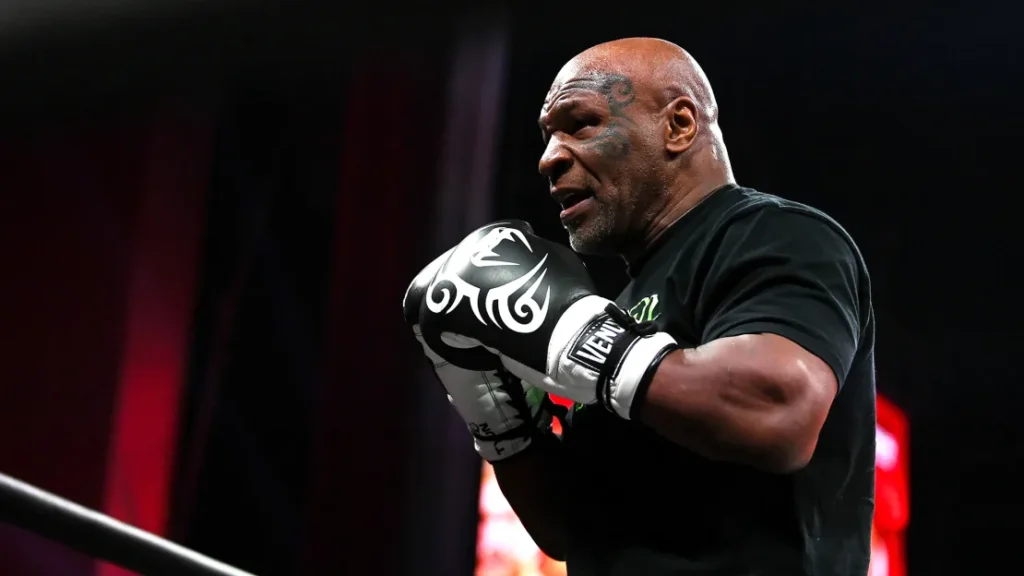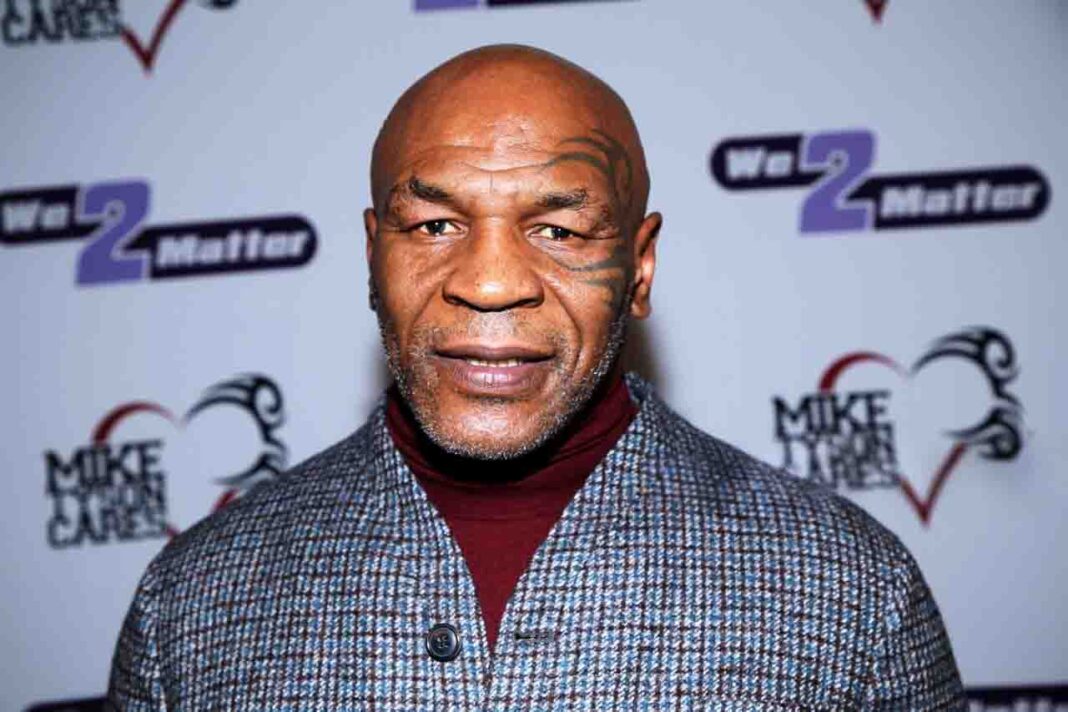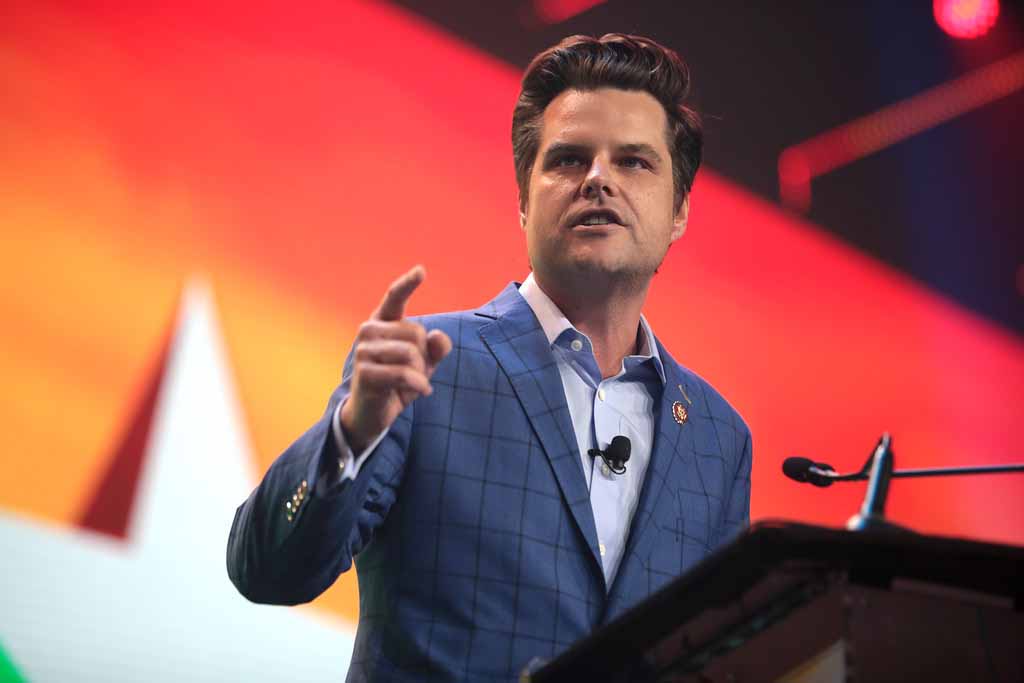Mike Tyson’s Comeback: Concerns
A Return to the Ring
Mike Tyson’s back in the spotlight. At 58, it’s his time to lace the gloves again and return to the Ring to produce nostalgia that can be mixed with excitement and even some questions about his physical state. His energy is still young, but his comeback has caused debate over the physical strain it could cause.
It all began in 1985. Tyson debuted, making a ferocious impact (with a resounding victory) over a young Hector Mercedes in 1 minute and 47 seconds. That explosive start signalled the start of a career filled with triumph and controversy, along with dozens of headlines. Nearly four decades later, it’s “Iron Mike” back, taking on 27-year-old YouTube heavyweight, albeit boxer these days, Jake Paul in an eight-round professional about at AT&T Stadium, home of the Dallas Cowboys.
Tyson’s first professional fight since 2005 went down in a loss to Kevin McBride. It’s been just four years since his last exhibition fight, which just happened to feature Jake Paul on the undercard. Rumours of Mayweather losing could be put to bed. Still, the contest—delayed from July following Tyson’s flare-up of an ulcer—raises genuine questions about the dangers craggy-faced fighters encounter in the Ring.

Risk by Age and Experience
Boxing carries with it an inherent amount of danger. When you begin doing it at an older age, it’s exponentially more dangerous, said neurology expert and ringside physician Dr. Nitin K. Sethi.
‘Sethi told CNN that his worries over fighters over 40 arise with two things.’ “They are first asked if, during a fight, are they more predisposed to severe traumatic brain injuries?” Their long history of professional boxing contributes to the risk of chronic neurologic injury,” they add.
It is a worry for Tyson, a man who spent his life soaking up and dishing out mighty punches and who will be well aware of the potential long-term damage that could be done to his brain. Many boxing commissions view fighters over 40 as “high risk.” At 36, boxers must have passed extensive health tests (including activity screenings of the brain and heart) to gain approval, according to the Texas Department of Licensing and Regulation (TDLR). Sources say Tyson has met these requirements for Friday’s fight.
Unique Dangers of Boxing
There is nothing like boxing. The very premise of boxing – landing punches to the head of the opponent – is a package of special health risks. Concussions are common in the Ring, and repeated head trauma has long-term dangerous effects, Sethi explains. The glaring consequence of these cumulative injuries often goes unchecked until a fighter hangs up the gloves and the lights begin to fade.
These exposures add up, Sethi said when you have someone whose profession involves frequent head impacts during training, sparring, and fights. That can lead to long-term insomnia, dizziness, and chronic traumatic encephalopathy (CTE).
Big knockouts get headlines, but it’s those building up during a fight or in training that present the real danger. Neurological complications become more likely as fighters age. New York State Athletic Commission’s medical standards include age above 40 and long stretches without having been active as high-risk indicators. Tyson fits both categories.
Legends Who Fought On
Tyson isn’t the only one returning to the Ring later in life. Ray Robinson, as well as many others like George Foreman and Evander Holyfield, all extended their careers past 40. Sethi warns, however, that older fighters face some special challenges.
Sethi explained, “An older brain handles a concussion worse than a younger brain.” “Recovery is also slower and less effective in old age if they do come back.”
Steps Toward Safety
Brain injuries in boxing are not news. American scientist Harrison Martland labelled boxers “punch drunk” — a term for concussive symptoms which we now understand to be early brain trauma — as far back as 1928. The spectre of novelty: Despite advances in medical testing and awareness, there’s still more to do to protect fighters.
The work needs to start with boxers themselves, their families, retired fighters, said Sethi. Fighters often don’t step back when their health is at stake for the culture of perseverance and pride.
“No harm in saying, ‘No mas,’” he said. “Other days, walking out of the ring is the best thing to do.”
But boxing is a global phenomenon. People will follow the drama, watch the personalities, and watch the explosive action. Everything related to this is embodied in Tyson’s legacy. But in the Ring on Friday, the dangers he takes on may far outweigh the show.
A Balancing Act
Mike Tyson’s return is more than just the 51st trip to the Ring of perhaps the most popular man in the history of the sport; it’s a continuation of the previously intangible nature of boxing and its untold magnetism. But it’s also forced a spotlight on the increasingly urgent need to confront the built-in dangers of the sport, particularly for its older combatants. But as fans around the world tune in to watch ‘Iron Mike fight Jake Paul, there’s hope that the fight will end safely and that Tyson’s legacy will remain intact. A sport that demands tradition and stoicism has never been more in need of increased safety measures.






